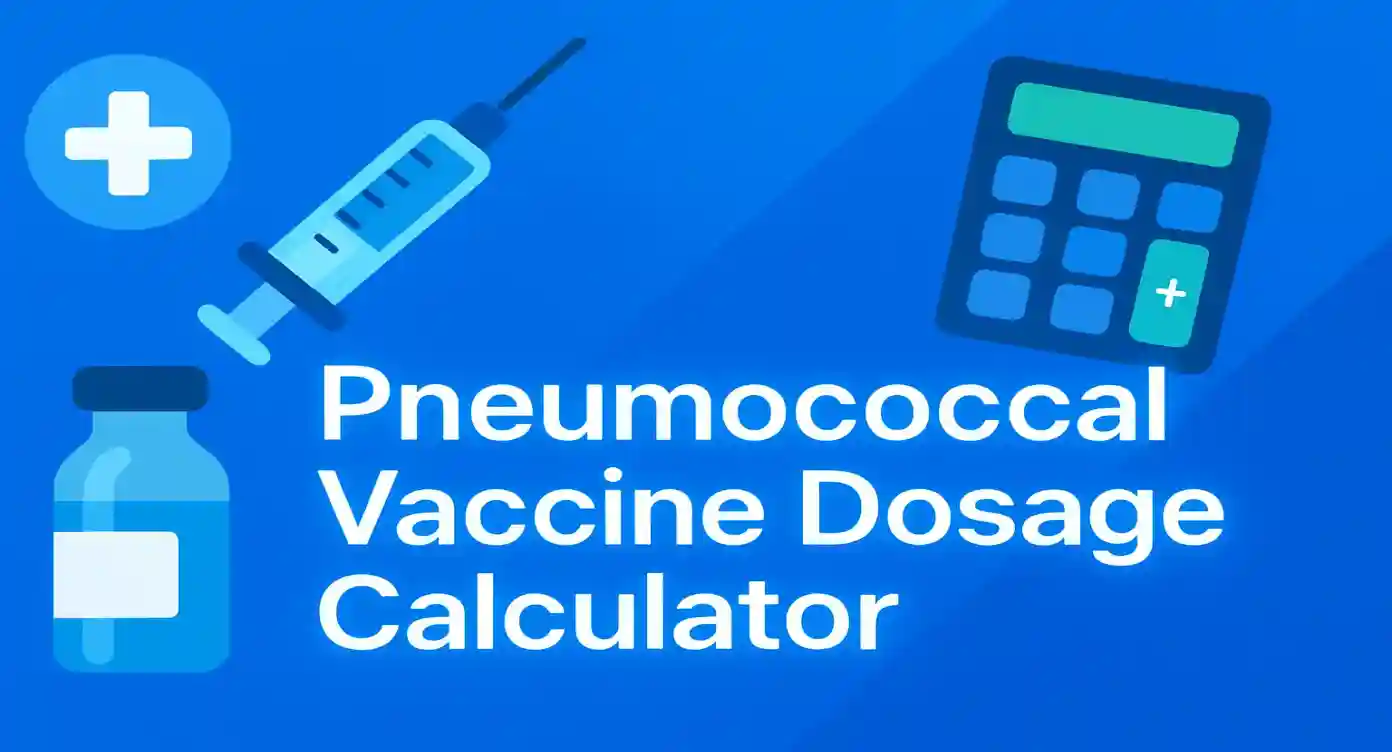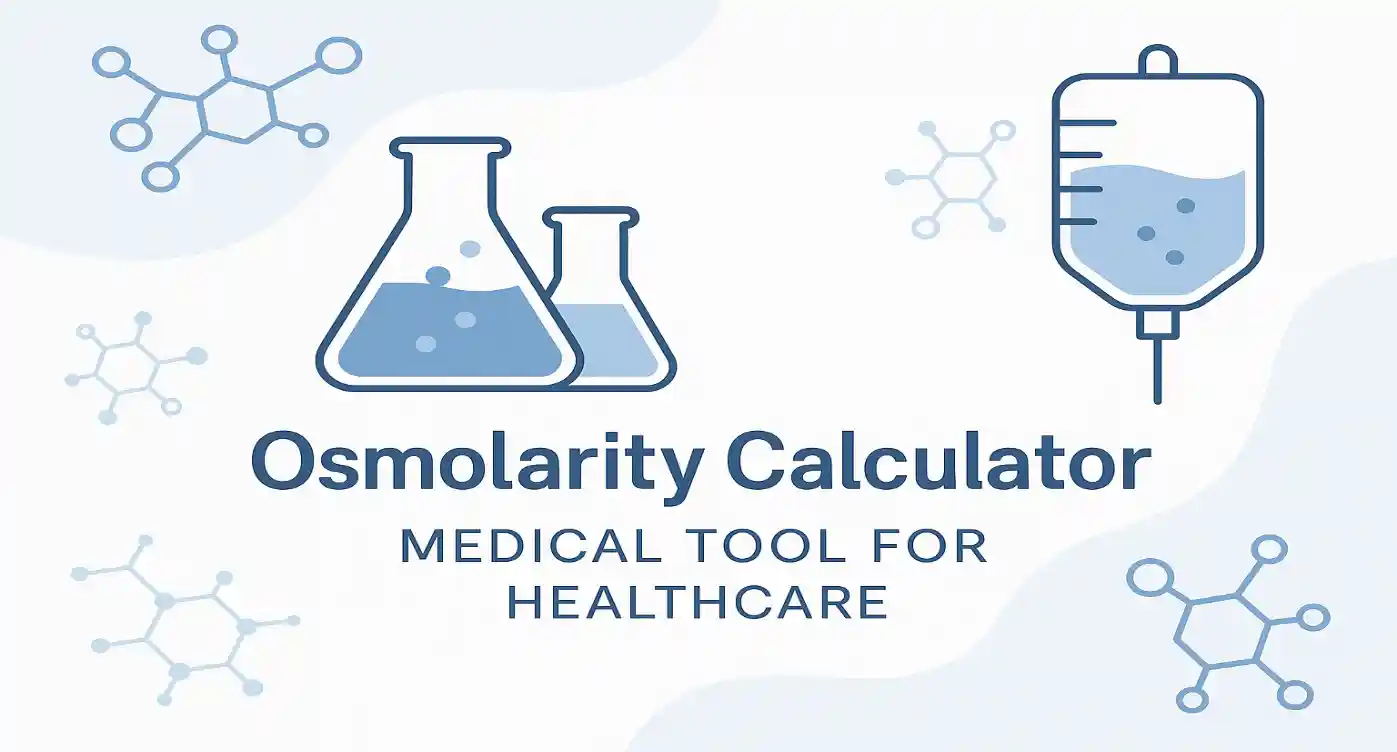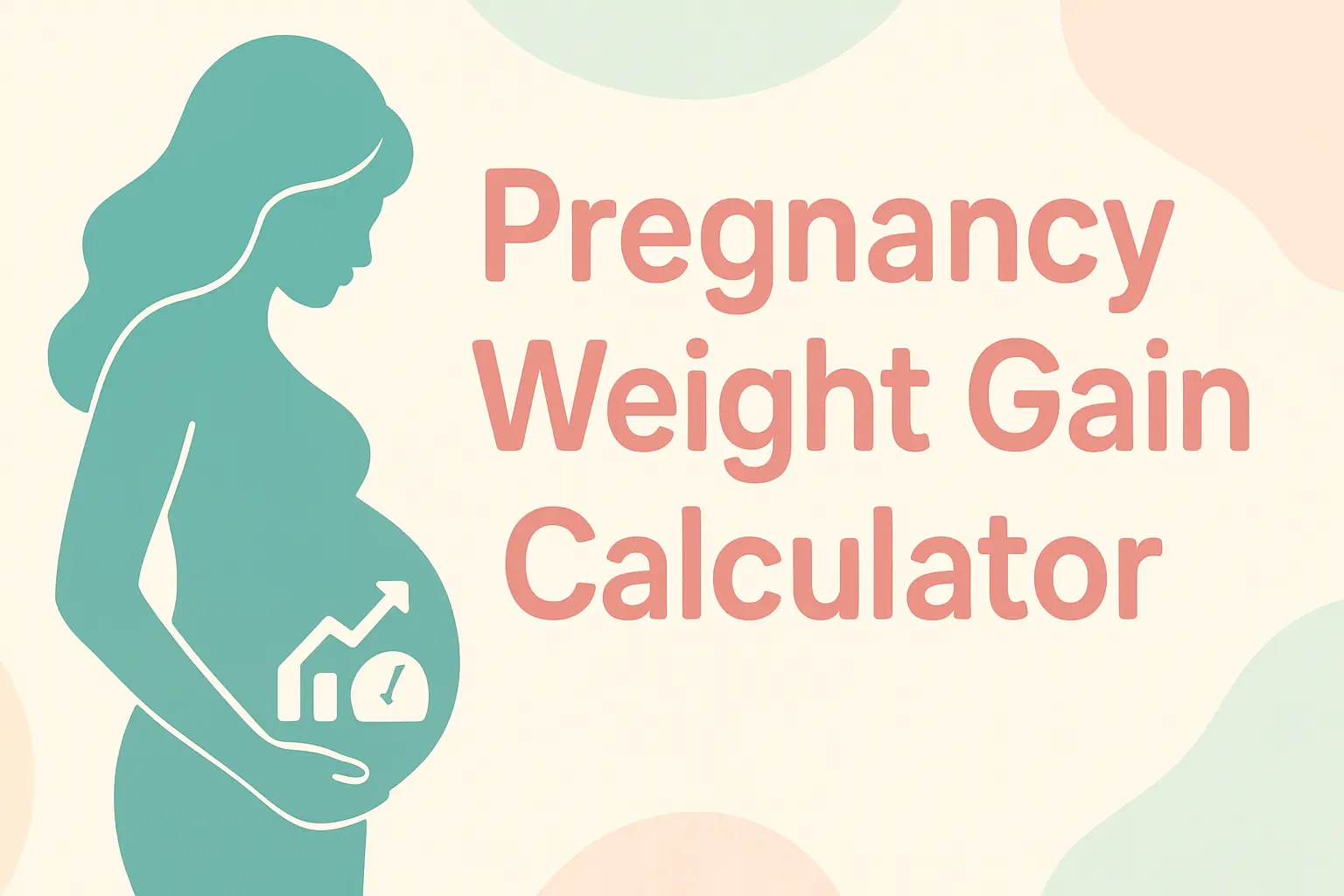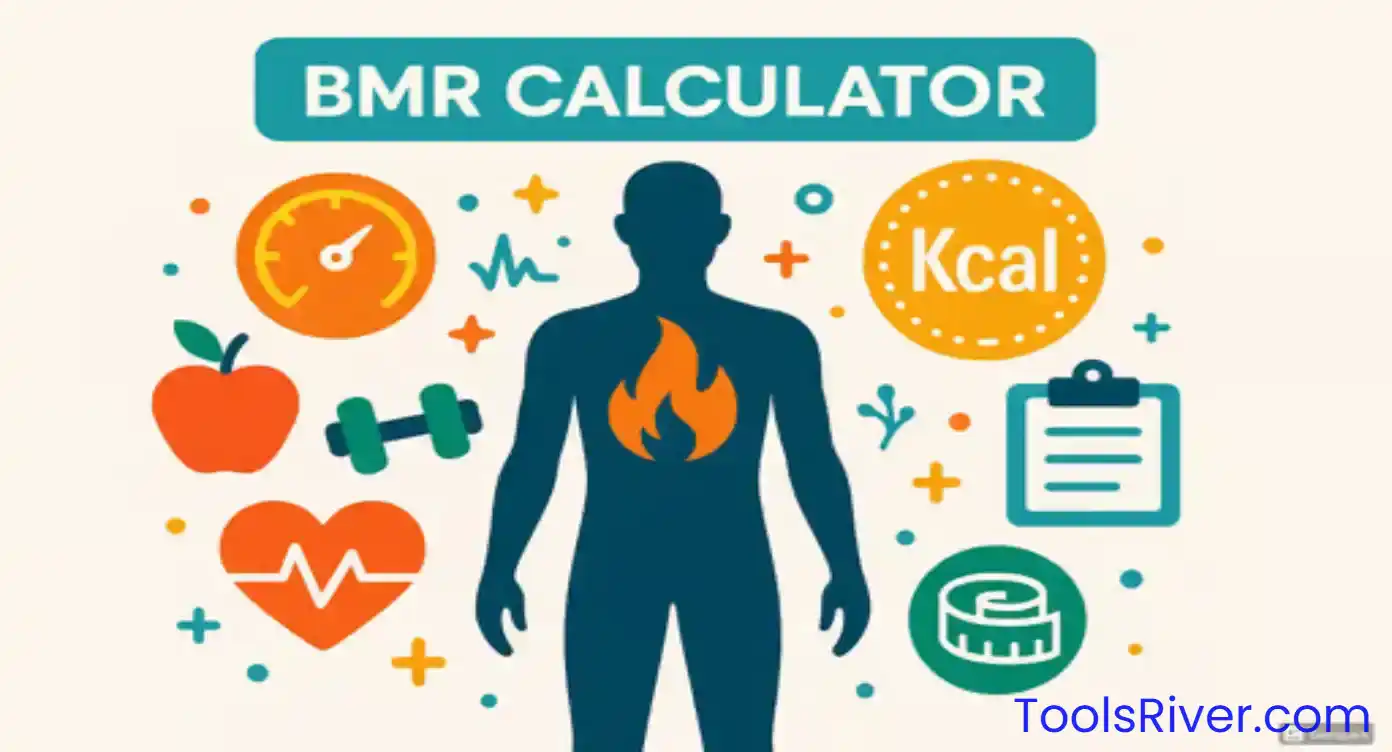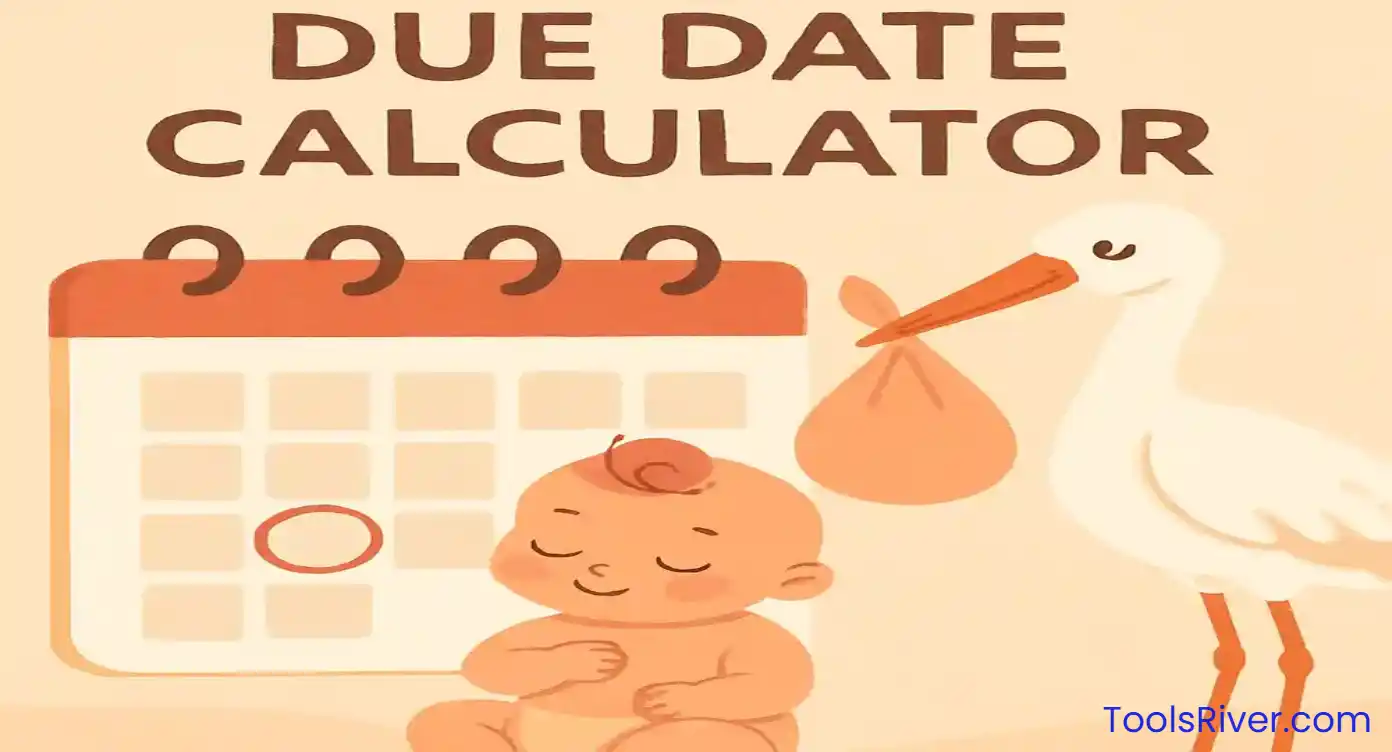Ovulation Calculator
Calculate your fertile window, track your ovulation date, and optimize your chances of conception with our comprehensive fertility calculator.
Calculate Your Fertile Window
Enter your cycle information to predict your most fertile days
Quick Tips
- Track your cycle for 3-6 months for better accuracy
- Ovulation typically occurs 14 days before your next period
- Your fertile window is about 6 days long
- Sperm can survive up to 5 days in your reproductive tract
Key Fertility Dates
Conception Probability
Your Fertility Calendar
Fertility Probability Chart
Understanding Ovulation
Ovulation is a crucial process in the female reproductive cycle where a mature egg is released from the ovary and becomes available for fertilization. This process typically occurs once per menstrual cycle, approximately 14 days before the start of your next period.
Understanding when you ovulate is essential for both conception and contraception planning. The ovulation calculator helps predict this fertile window by analyzing your menstrual cycle patterns and calculating the most likely days for ovulation to occur.
During ovulation, hormonal changes trigger the release of luteinizing hormone (LH), which causes the dominant follicle in the ovary to rupture and release the egg. This egg travels down the fallopian tube, where it may encounter sperm and become fertilized.
Your Fertile Window
Your fertile window is the period during your menstrual cycle when conception is most likely to occur. This window typically spans about 6 days, including the 5 days leading up to ovulation and the day of ovulation itself.
The reason for this extended fertile period is that sperm can survive in the female reproductive tract for up to 5 days under optimal conditions. This means that intercourse several days before ovulation can still result in pregnancy if sperm are present when the egg is released.
The egg itself has a much shorter lifespan, typically surviving only 12-24 hours after ovulation. This narrow window emphasizes the importance of timing when trying to conceive.
Comprehensive Guide to Fertility Tracking
Fertility tracking involves monitoring various signs and symptoms that indicate where you are in your menstrual cycle. This comprehensive approach to understanding your fertility can significantly improve your chances of conception or help you avoid pregnancy naturally.
Signs of Ovulation
Several physical signs can indicate that ovulation is approaching or occurring. These include changes in cervical mucus consistency, slight increases in basal body temperature, mild pelvic pain (mittelschmerz), breast tenderness, and heightened sense of smell or taste. Learning to recognize these signs can help you identify your fertile window more accurately.
Cervical Mucus Changes
Cervical mucus undergoes predictable changes throughout your cycle due to hormonal fluctuations. After menstruation, mucus is typically minimal and thick. As estrogen levels rise approaching ovulation, mucus becomes more abundant, clear, and stretchy, resembling egg whites. This fertile-quality mucus helps sperm travel through the cervix and survive in the reproductive tract.
Basal Body Temperature
Basal body temperature (BBT) is your body's lowest resting temperature, typically measured first thing in the morning before getting out of bed. After ovulation, progesterone causes a slight but measurable increase in BBT, usually 0.2-0.5°F (0.1-0.3°C). While this temperature rise confirms that ovulation has already occurred, tracking BBT over several cycles can help predict future ovulation timing.
Ovulation Predictor Kits
Ovulation predictor kits (OPKs) detect the surge in luteinizing hormone (LH) that occurs 24-48 hours before ovulation. These urine-based tests can provide advance warning of impending ovulation, making them valuable tools for timing intercourse. Digital OPKs may also measure estrogen levels to provide even earlier fertility warnings.
Factors Affecting Fertility
Various factors can influence fertility and cycle regularity. Age is a significant factor, with fertility declining gradually after age 30 and more rapidly after 35. Lifestyle factors such as stress, excessive exercise, significant weight changes, and certain medications can affect ovulation. Medical conditions like polycystic ovary syndrome (PCOS), thyroid disorders, and endometriosis can also impact fertility.
Optimizing Conception Chances
To maximize conception chances, aim for regular intercourse throughout your fertile window, ideally every 1-2 days. Maintain a healthy lifestyle with regular exercise, balanced nutrition, adequate sleep, and stress management. Consider taking prenatal vitamins containing folic acid even before conception, and avoid smoking, excessive alcohol consumption, and exposure to environmental toxins.
When to Consult a Healthcare Provider
If you're under 35 and have been trying to conceive for 12 months without success, or if you're over 35 and have been trying for 6 months, consider consulting a healthcare provider. Additionally, seek medical advice if you have irregular cycles, known reproductive health conditions, or concerning symptoms like severe pelvic pain or abnormal bleeding.
Frequently Asked Questions
How accurate is the ovulation calculator?
Ovulation calculators provide estimates based on average cycle patterns. For women with regular 28-day cycles, accuracy can be quite good. However, individual variation is common, and the calculator works best when combined with other fertility tracking methods like cervical mucus observation or ovulation predictor kits.
Can I get pregnant outside my fertile window?
While pregnancy is most likely during your fertile window, it's possible (though less likely) to conceive at other times. Sperm can survive for up to 5 days, and ovulation timing can vary. If you're trying to avoid pregnancy, use reliable contraception throughout your cycle.
What if my cycles are irregular?
Irregular cycles make prediction more challenging. Track your cycles for at least 3-6 months to identify patterns. Consider using additional methods like basal body temperature tracking or ovulation predictor kits. If cycles are consistently irregular, consult a healthcare provider to rule out underlying conditions.
How long should I try before seeking help?
Generally, couples under 35 should try for 12 months before seeking fertility evaluation, while those over 35 should seek help after 6 months. However, if you have known reproductive health issues, irregular cycles, or other concerning symptoms, don't hesitate to consult a healthcare provider sooner.
Can stress affect ovulation?
Yes, chronic stress can affect hormone production and potentially delay or prevent ovulation. The hypothalamic-pituitary-ovarian axis is sensitive to stress hormones like cortisol. Managing stress through relaxation techniques, exercise, adequate sleep, and counseling can help maintain regular ovulation patterns.

